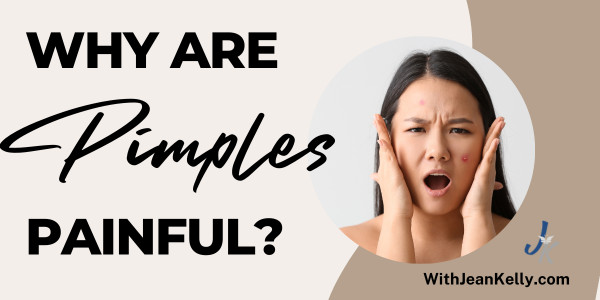
Acne is a rite of passage for many teenagers, yet the discomfort and pain associated with pimples can be a significant cause for concern. As a parent, watching your teen suffer through the challenges of painful pimples can be difficult. This post provides an informative snapshot for parents seeking to understand why acne is painful and offers practical advice for managing teen acne effectively.
What Causes Acne?
Teen acne is primarily caused by three critical factors:
1) Excess oil production: During adolescence, hormonal changes can increase the production of sebum in the skin.
2) Clogged pores: Sebum, along with dead skin cells, can block hair follicles, leading to acne.
3) Bacteria: The presence of bacteria in the pores can exacerbate inflammation and lead to painful pimples.
Understanding these factors is the first step in helping your teen adopt a skincare routine that addresses the root causes of acne.
The Inflammatory Response
Acne becomes painful due to the body's inflammatory response. White blood cells rush to attack the bacteria causing acne, resulting in the release of chemicals that lead to pain and redness. This is the body’s natural way to heal, but it can cause considerable discomfort.
Types of Acne Lesions
Various types of acne lesions can develop on the skin:
* Whiteheads and blackheads are typically not painful as they are less inflamed.
* Papules and pustules: When acne is red and swollen, it's called a papule. A pustule is a papule filled with pus.
* Nodules and cysts: These are more severe forms of acne that penetrate deeper into the skin and are more likely to be painful.
Identifying the type of acne your teen is experiencing can help in choosing the appropriate treatment.
Factors Contributing to Pain
The pain associated with acne comes from:
* Inflammation and swelling: This puts pressure on the skin and can result in tenderness.
* Pressure on nerve endings: Swollen acne lesions can press against nerve endings, which enhances pain.
* Infection: When acne becomes infected, it may fill with pus and become more painful.
Recognizing these factors is crucial to formulating a plan to alleviate your teen's discomfort.
Tips for Managing Painful Acne
To help your teen manage painful pimples and enhance their skincare routine, consider the following tips:
* Proper skincare routine: Gentle cleansing and the use of non-comedogenic products and makeup can prevent clogged pores.
* Using ice on pimples: This can reduce inflammation and numb the pain temporarily.
* Avoiding picking or squeezing pimples: This can worsen inflammation, spread bacteria and lead to scarring.
* Over-the-counter treatments: Look for products containing clay, sulfur, benzoyl peroxide or salicylic acid.
When to seek professional help: If acne persists or is severe, an acne specialist can offer additional treatments.
Implementing a consistent skincare routine and educating your teen about the importance of treating their skin gently are fundamental aspects of managing acne.
For parents, understanding the pain associated with painful pimples is vital. Active and compassionate support can make a significant difference in your teen's emotional and physical well-being. Encourage your child to be patient and consistent with their skincare efforts and remind them that acne is temporary.
For additional support and insights, feel free to join my free Facebook group: Parents of Teens With Acne where you can connect with others navigating similar challenges, share experiences, and learn more valuable teen skincare tips.
You may also be interested in the FREE guide: 3 Tips for Clearer Skin that can be found HERE
Have a fabulous day!


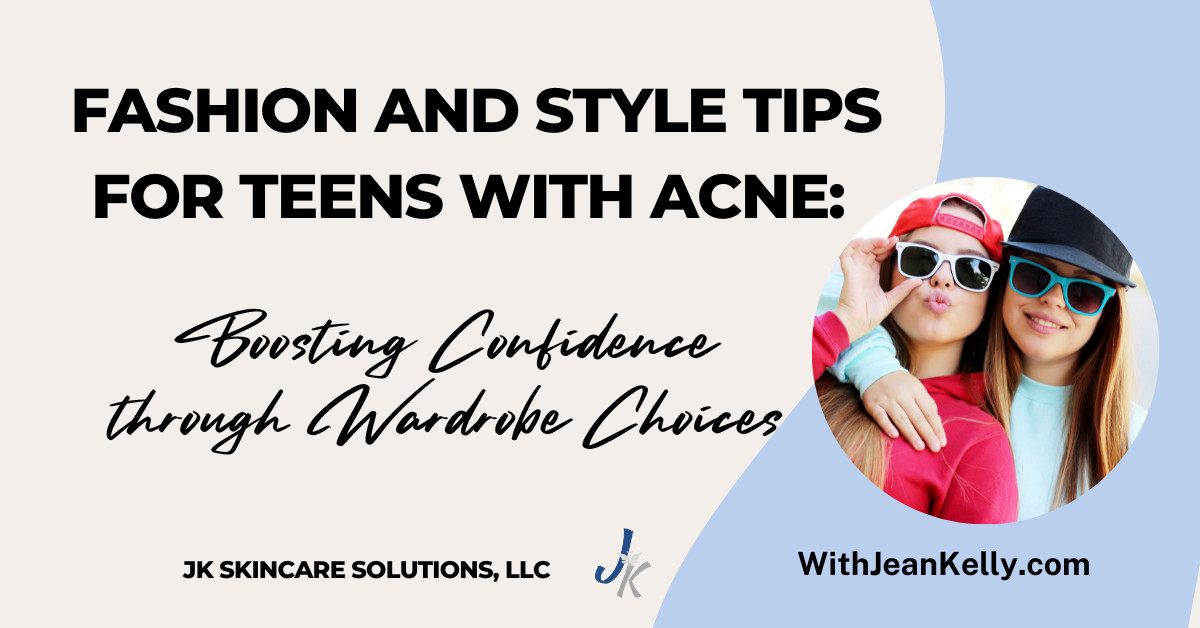
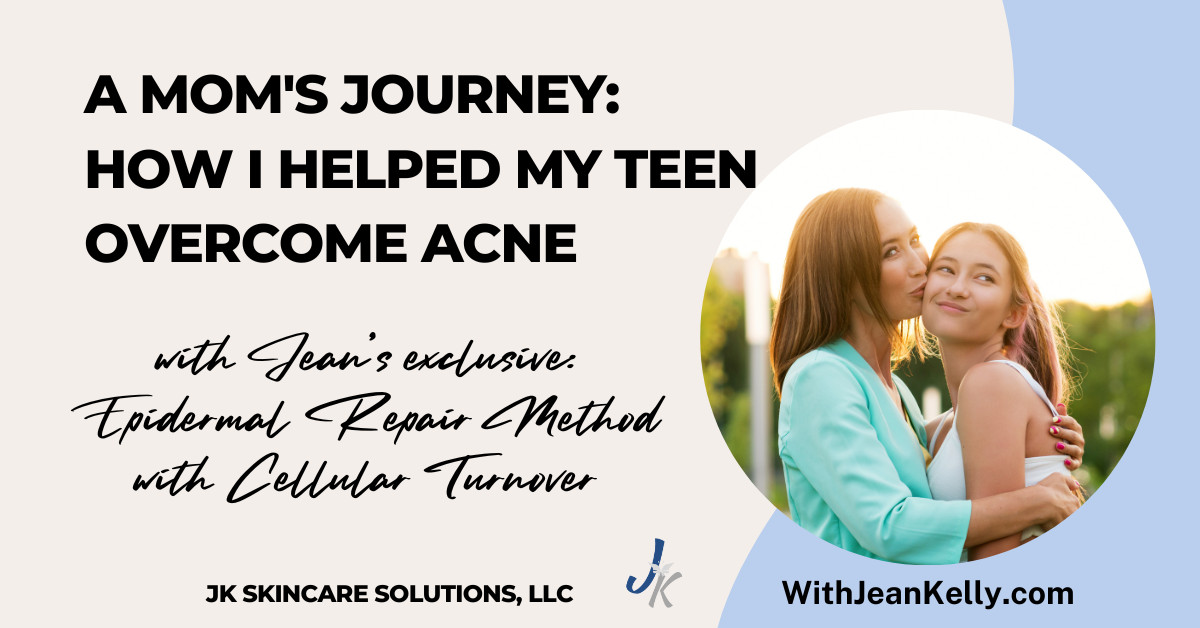
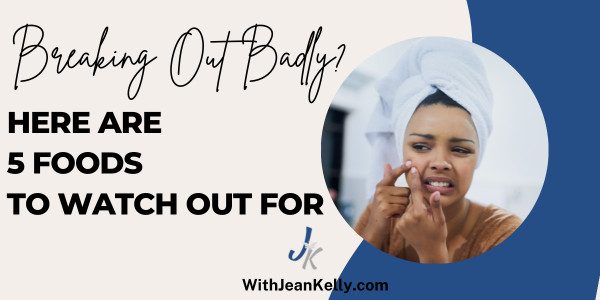
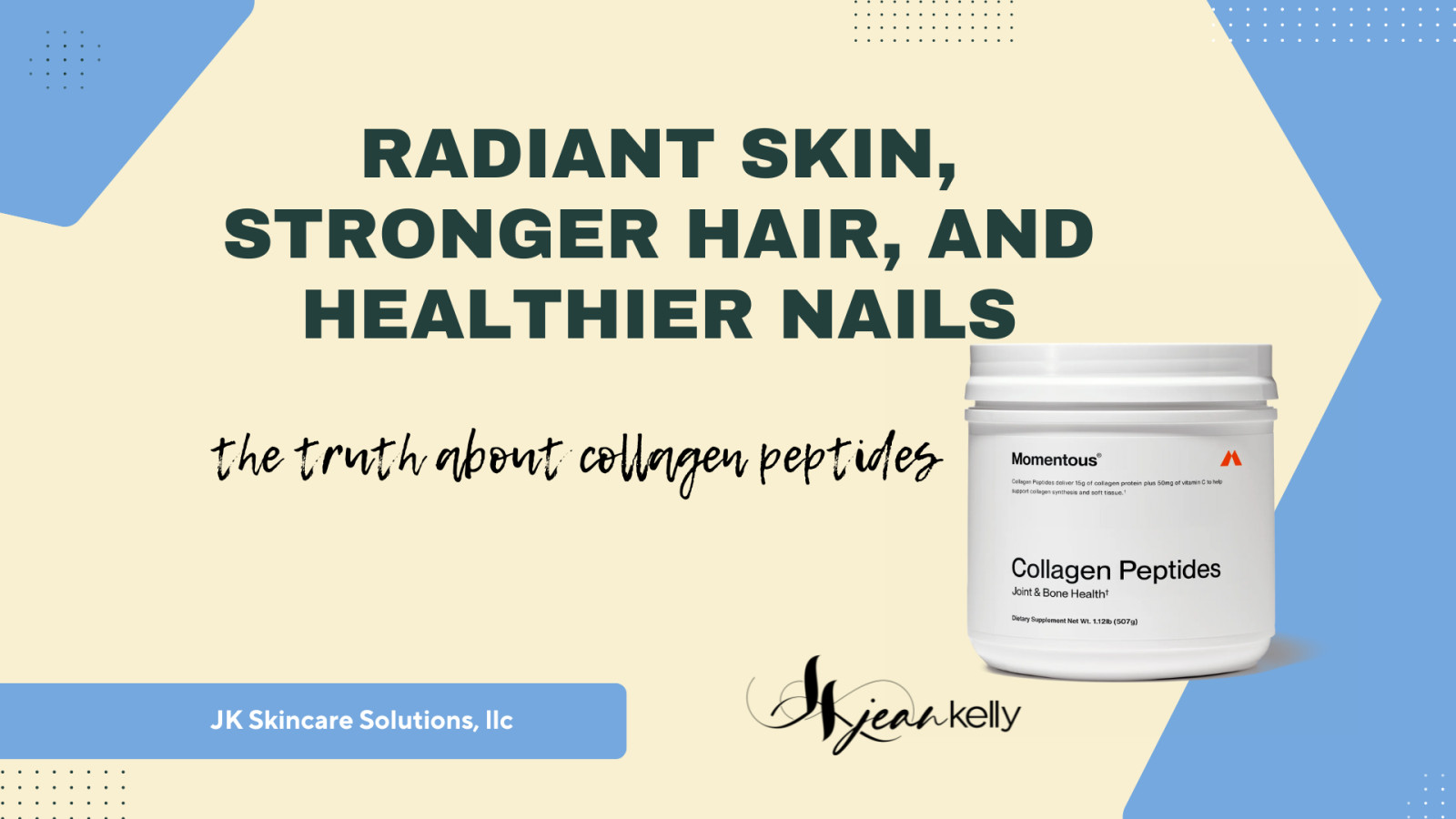
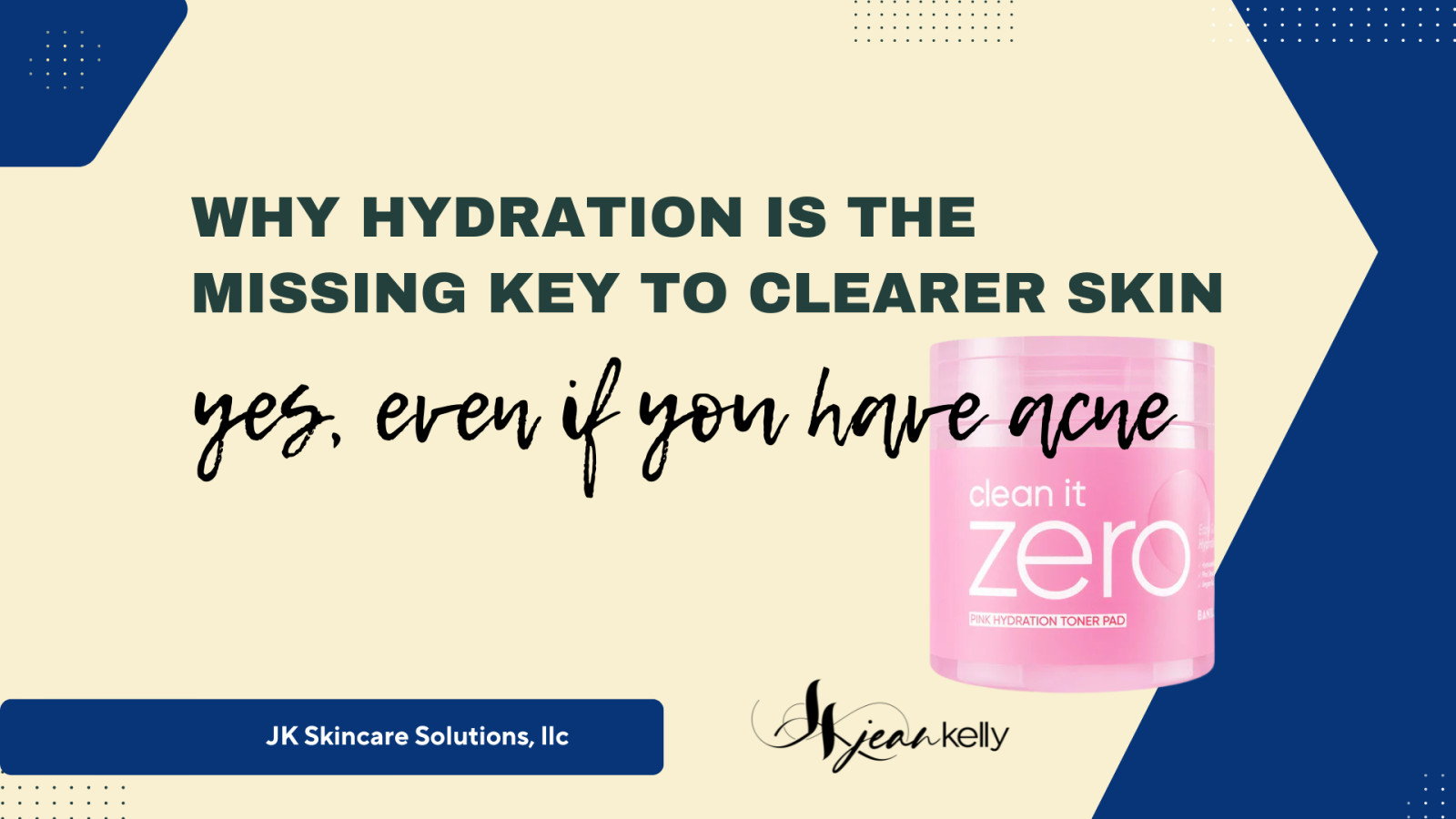
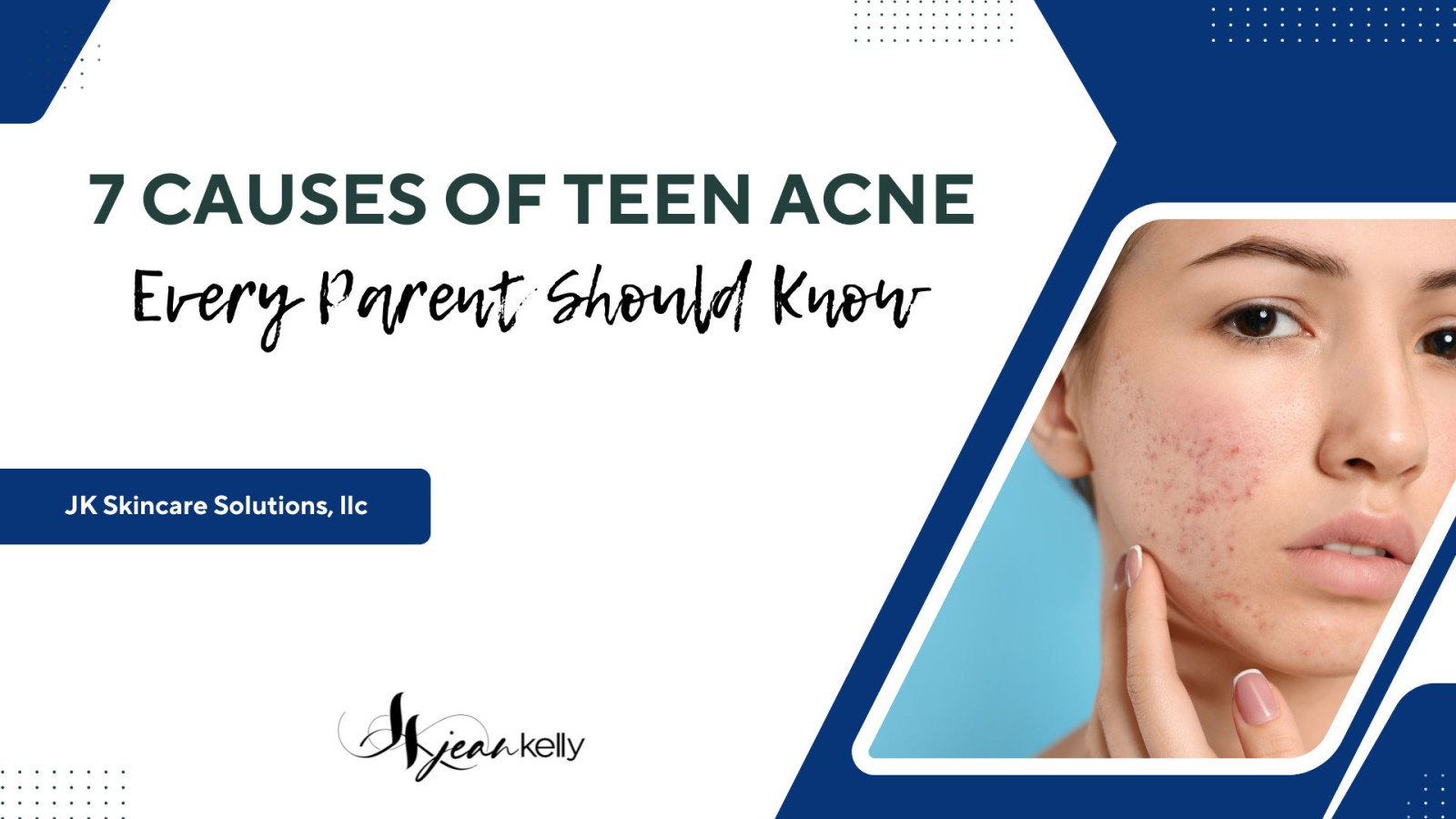
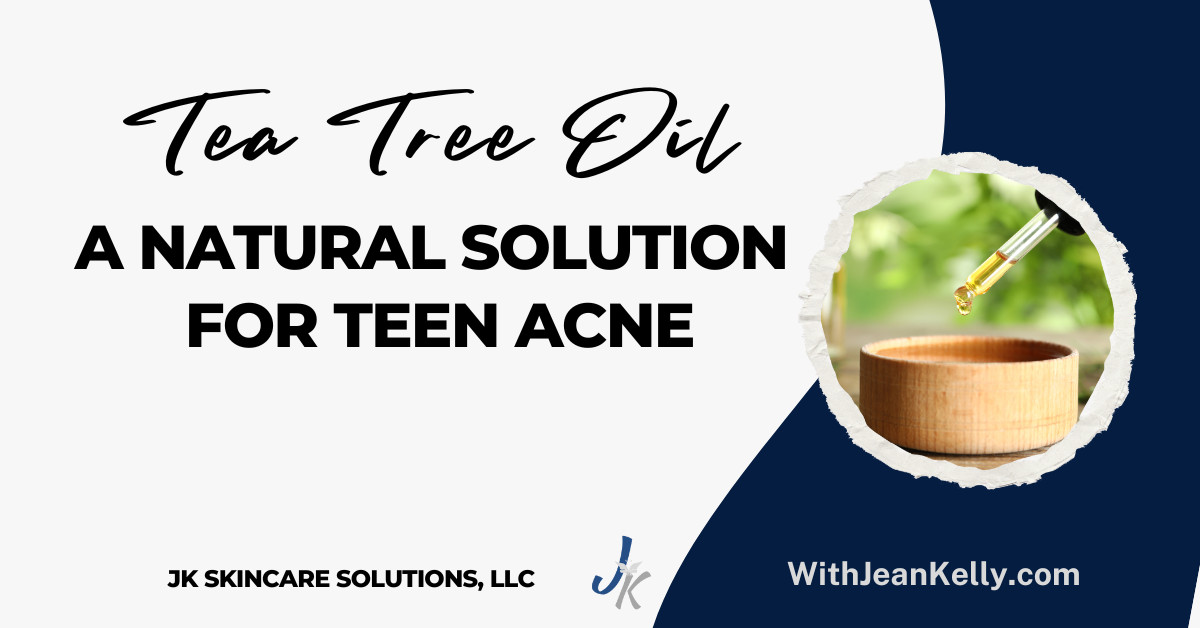
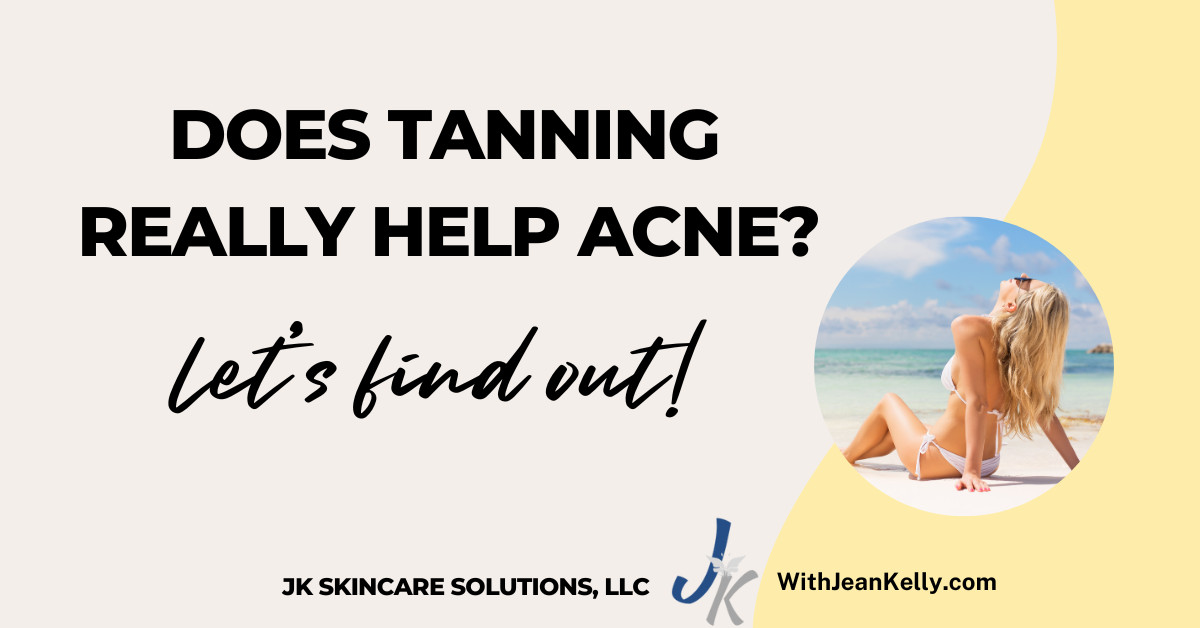

0 Comments